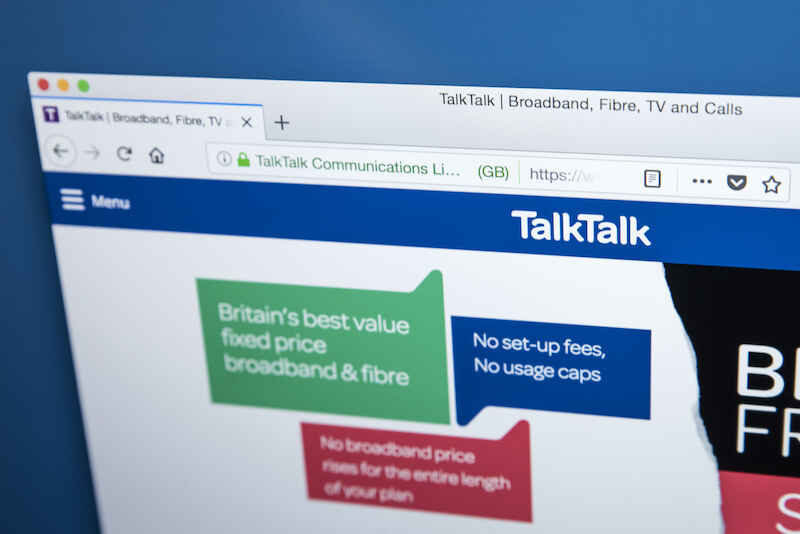The future of energy

Share this guide:
Last updated: 08 April 2021
The future of energy in the UK is bright, with a growing renewable sector that’s at the technological forefront of the world. In general, the energy landscape of the future will be much more decentralised, and even possibly free. This guide will take you through what we can expect from the energy sector in the future and outline how certain key players in the renewable sector work.
Save money on your energy bills
Enter your postcode below to get started
We value your privacy; we only use your postcode to compare offers in your area.
Decentralisation of the energy sector
Most of our energy currently comes from the burning of fossil fuels. Fossil fuels are burned at a small number of large-scale power plants which produce energy for the entire country. As we move towards decarbonisation (carbon net zero), we are beginning to see multiple small-scale energy producers popping up. The benefits of this being done at the local level means less energy will be wasted. At the moment the energy produced has to travel large distances which means a lot is lost along the way.
Energy efficiency of UK homes
Modern homes are more energy-efficient than ever before. Since 2000, domestic energy consumption in the UK has fallen by 14% despite there being a 15% increase in households. This is due to a number of reasons, such as insulation and the installation of smart meters. This trend is expected to continue, meaning that energy bills are likely to go down.
Save money on your energy bills
Enter your postcode below to get started
We value your privacy; we only use your postcode to compare offers in your area.
Internet of things
The energy market is becoming more digital by the day. Because of how complex the energy infrastructure is, there is a growing need for automation and machine learning in order to navigate this. On a domestic level, smart meters and devices mean that we can control our entire energy consumption from our phones. Through the use of energy-saving apps, people are finding it increasingly easier to control how much they are paying for energy.
Free energy?
As we are moving towards a green energy revolution, there may well come a time where energy costs nothing at all. Because the UK currently has a surplus of green energy, it could have a negative effect on wholesale prices. This means that energy companies might have to pay to store it, which in turn means that it could become free for the consumer.
Consumer-Focused
The future of energy lies in the consumer. What we are seeing is a trend away from focusing on the energy companies to one that focuses on what the consumers need. The more energy companies that crop up means that consumers have never had greater choice for where and how they choose their energy services.
Renewable energy futures
The future of the energy mix in the UK clearly lies in renewables, which include but are not limited to:
Solar
Solar energy is one of the most prominent types of renewable energy production. It works through the use of different types of solar panels which convert solar energy into electricity. We are seeing a great increase in solar energy which is only expected to rise. The biggest source of solar energy in the UK is actually people fitting solar panels onto their own homes.
Wind
Because of its geography, the UK is well placed to succeed in the wind power industry. One turning can supply 1,500 homes with a year’s worth of energy. We are seeing a move to developing offshore wind farms on the coast. According to the latest figures, onshore Wind power in the UK contributed 25% of renewable energy, and offshore contributed another 20%.
Hydropower
With hydropower, reservoir or river waters power turbines that drive electricity generators. Hydroelectric power only counted for 6% for renewable energy production in 2016. Realistically, it’s unlikely we are going to see this sector grow because of environmental concerns, and all of the spaces that would be used for hydro are being used for hydro already.
Biomass
Biomass is from living or recently live organisms, such as plants. When these are burned in a power plant, it generates biomethane which can be fed into the grid. The most common biomass fuels are wood, crops, and waste from households and businesses. It was the source of most of the country’s renewable energy in 2016, with 36% of our renewable energy coming from biomass.
We are an independent and impartial price comparison website.
Our services are 100% free to use.
usave.co.uk is supported by its users. When you make a purchase through links on our site, we may earn an affiliate commission.
Don't miss these
-
-
How to Pay Your Energy BillsTariffs and Bills
-
-
Read on our blog

A Third of Children Have Seen ‘Worrying or Nasty’ Content Online
Broadband
31. 03. 2022 | Lauren Smith
With the government poised to implement tough new measures to...

Budget broadband provider TalkTalk has been notifying customers via email...

Investigation by Citizen's Advice indicates people of colour are being charged more for car insurance
Insurance
24. 03. 2022 | Michael Quinn
A year-long investigation by charity Citizens Advice has revealed a...

Education Secretary Nadhim Zahawi has announced a new commitment to...






